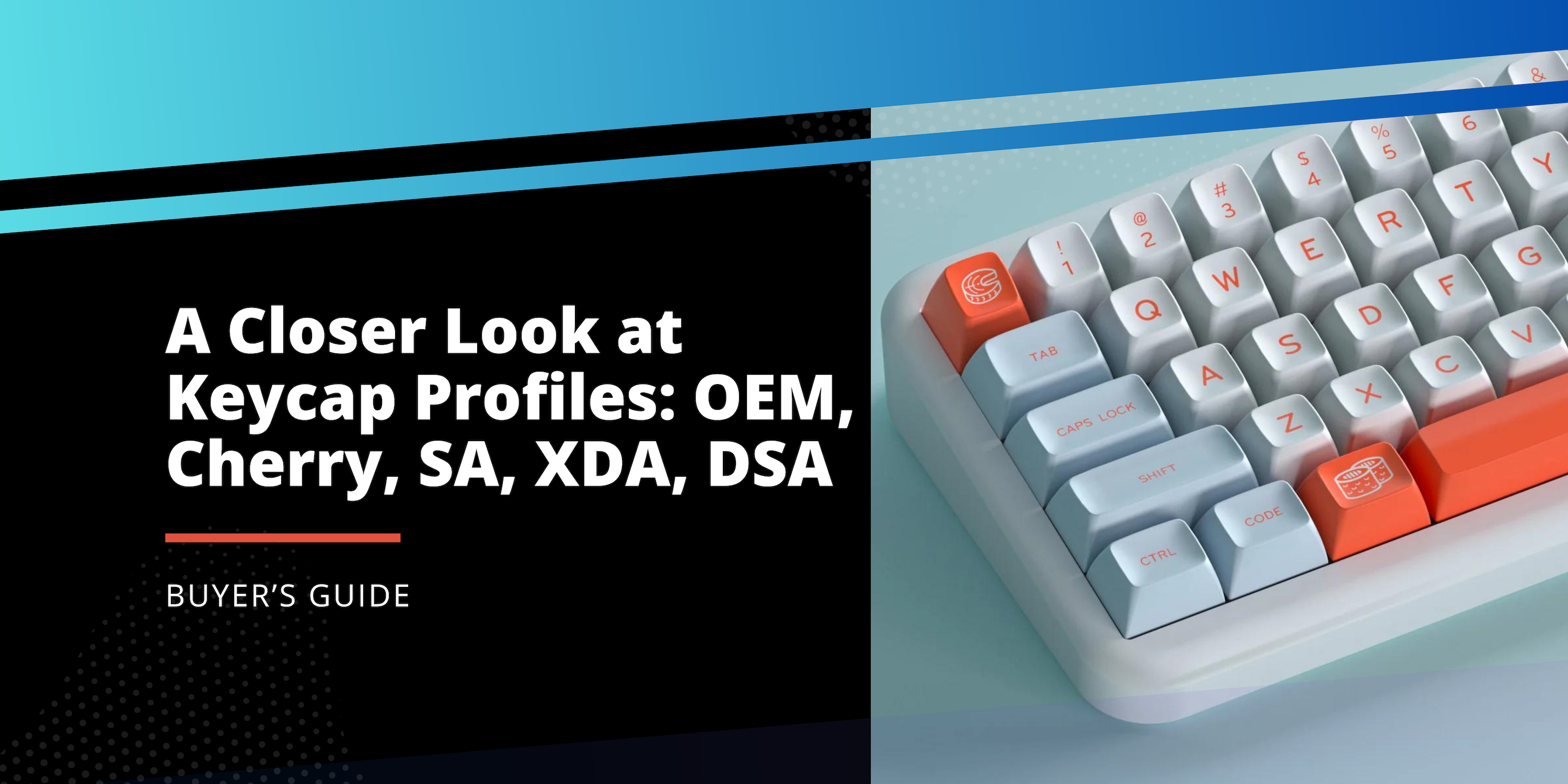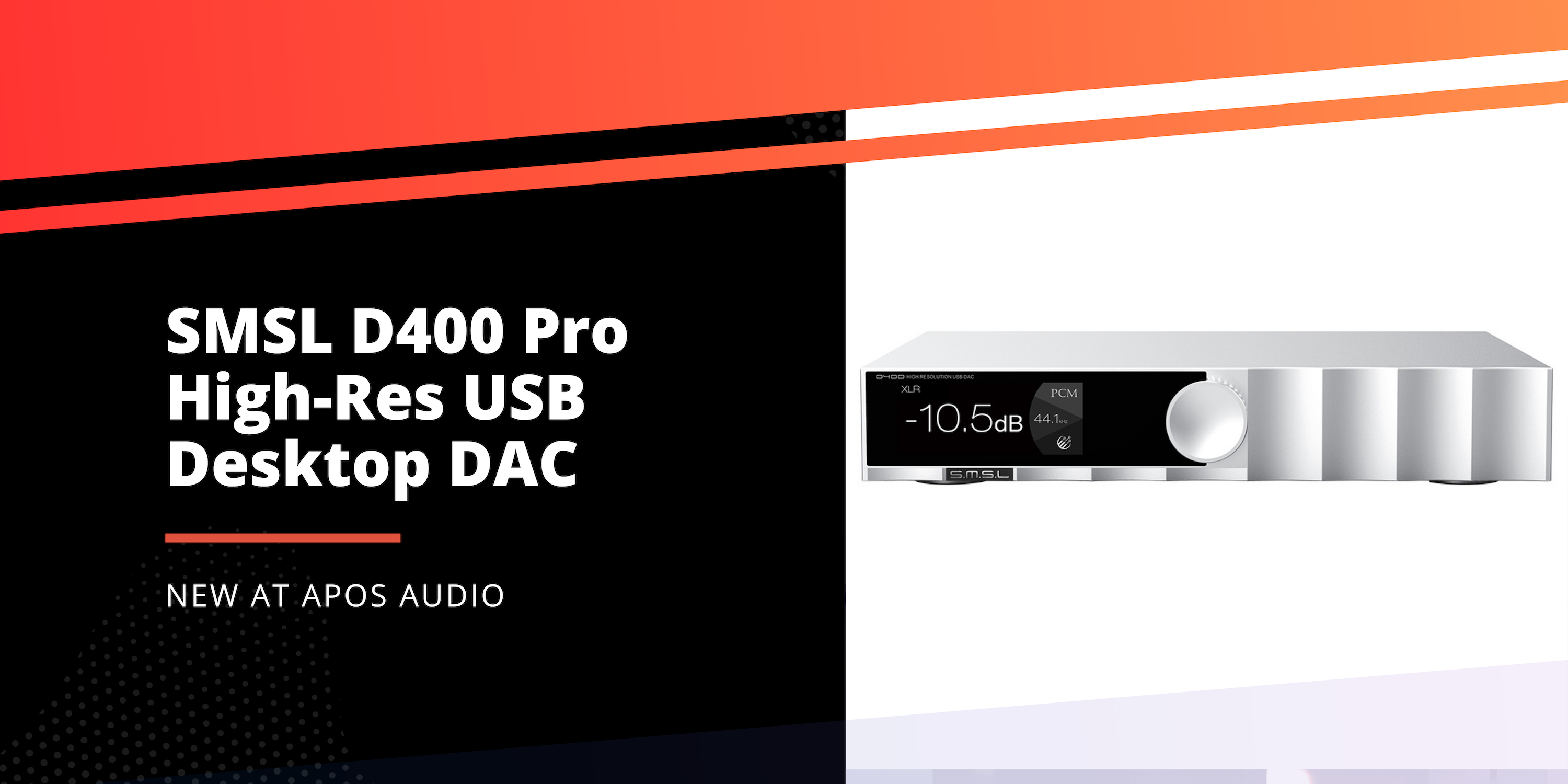
A Closer Look at Keycap Profiles: Cherry, OEM, SA, DSA, XDA Explained
Major Keycap Types Explained
You've found the perfect mechanical keyboard, but the journey doesn't end there. Keycap profiles—the shape and height of your keys—can impact everything from typing comfort to the aesthetics of your setup. This post unpacks five prominent keycap profiles, focusing on what they offer you in terms of feel and functionality.
What Are Keycap Profiles?
Keycap profiles refer to the physical design and sculpting of your keyboard's keys. They can affect your typing speed, accuracy, and overall comfort. Below, we'll explore popular profiles, discussing their origin, characteristics, and how they influence your user experience.

Cherry Profile
Brief History and Origin
The Cherry profile originated from Cherry Corp, a well-known player in the mechanical keyboard industry.
Physical Characteristics
The Cherry profile is sculpted, which means the rows have different angles and heights, enhancing ergonomic typing.
Use-cases and Suitability
Ideal for both gaming and general typing due to its shallow height and less aggressive angles.
Pros and Cons
- Pros: Low height for easy key presses, subtle tactile feedback.
- Cons: Limited customizability compared to other profiles.

OEM Profile
Brief History and Origin
OEM (Original Equipment Manufacturer) profile is common in many pre-built keyboards and is considered a standard profile.
Physical Characteristics
Like the Cherry profile, OEM is also sculpted but with slightly higher keycaps.
Use-cases and Suitability
Fits a broad range of uses, from office work to gaming.
Pros and Cons
- Pros: Versatility, widely available.
- Cons: Generic feel might not suit enthusiasts.

SA Profile
Brief History and Origin
SA (Spherical All-over) profile is characterized by its vintage, typewriter-like appearance.
Physical Characteristics
These keycaps are spherical and tall, giving a very distinct look and feel.
Use-cases and Suitability
More suited for typing than gaming because of the profile's height and curvature.
Pros and Cons
- Pros: Retro aesthetic, tactile feedback.
- Cons: Might be uncomfortable for prolonged gaming sessions.

DSA Profile
Brief History and Origin
DSA (DIN Standard America) is a uniform, spherical profile.
Physical Characteristics
All rows have the same height and curvature, allowing for easier keycap rearrangement.
Use-cases and Suitability
Great for those who want a consistent feel across different custom layouts.
Pros and Cons
- Pros: Highly customizable, consistent feel.
- Cons: Lack of sculpting may affect typing speed.

XDA Profile
Brief History and Origin
XDA is a newer profile that has gained popularity for its minimalist aesthetic.
Physical Characteristics
It features a flat and uniform surface, making it similar to DSA but with a larger surface area.
Use-cases and Suitability
Particularly well-suited for users who favor chiclet-style keycaps.
Pros and Cons
- Pros: Sleek design, easy to clean.
- Cons: Limited tactile feedback due to its flatness.

Comparison and Considerations
Choosing the right keycap profile can be a daunting task, especially with so many options available. Several factors come into play when making a choice that best aligns with your needs and preferences. Below are some crucial aspects you should consider:
Typing Experience
- Cherry: Offers a lower height that tends to be less tiring during extended typing sessions.
- OEM: Versatile, suitable for different kinds of activities but has a somewhat generic feel.
- SA: Offers a tactile, typewriter-like experience but can be fatiguing over time due to the height and curvature.
- DSA: Provides a consistent feel due to its uniform profile, although it may lack the "traditional" touch of sculpted profiles.
- XDA: Larger surface area provides ample room for keystrokes, but lacks contouring that may provide tactile guidance.
Gaming Performance
- Cherry: Low-profile design allows for quicker keypresses, making it a favorite among gamers.
- OEM: Versatile enough for gaming but may lack the specialized design that some gamers look for.
- SA: Its high and rounded caps may not be the most ideal for high-speed, precision-based gaming.
- DSA and XDA: Uniformity may be favorable for custom gaming layouts but lack of sculpting could be a drawback for some.
Aesthetics
- Cherry and OEM: Generally seen as functional and straightforward, less about visual flair.
- SA: A hit among those who love retro or vintage setups.
- DSA and XDA: Favored for minimalist or modern aesthetic due to their uniform and sleek design.
Compatibility and Customizability
- Cherry and OEM: Often come as stock keycaps in mainstream keyboards, relatively easy to replace.
- SA, DSA, and XDA: More commonly featured in custom builds. DSA and XDA offer more flexibility in keycap arrangement due to their uniformity.
Conclusion
Keycap profiles are more than just a visual feature—they impact how you interact with your keyboard on a daily basis. By understanding the nuances between different profiles, you're better equipped to tailor your setup to your specific needs.



